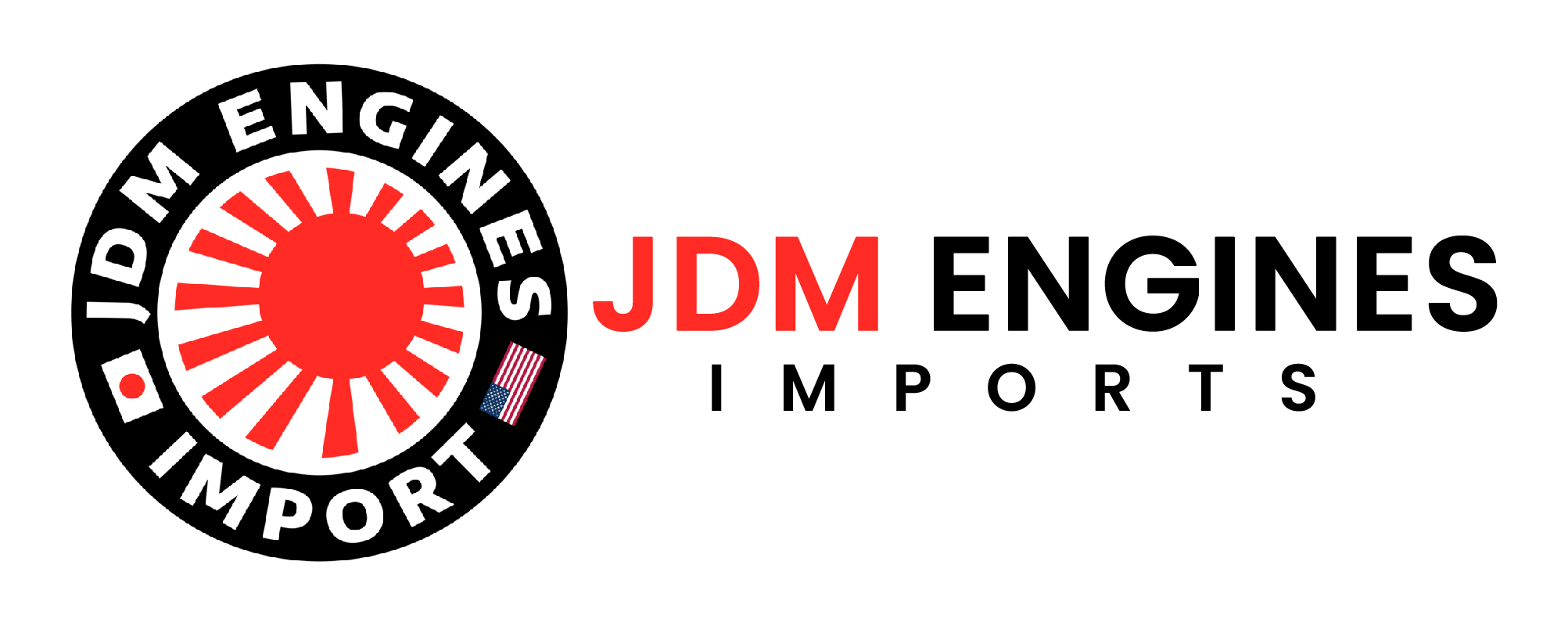
Understanding PH35: The Future of pH Regulation
In today’s fast-paced world, the need for precise control over pH levels in various applications has become essential. One of the most promising advancements in pH regulation technology is the emergence of PH35. This article will explore what PH35 is, its significance, and how it can revolutionize industries ranging from agriculture to pharmaceuticals. Moreover, we’ll look at its applications, benefits, and the scientific principles that support this innovative solution. To find out more, check the website: https://www.ph35.club/
What is PH35?
PH35 refers to a cutting-edge technology designed to accurately measure and regulate pH levels in various environments. The “35” in PH35 signifies its capability to maintain pH levels within a highly specific range, enabling better efficiency and safety in numerous applications. Understanding the importance of pH levels is critical, as they play a crucial role in chemical reactions, plant health, and overall system performance.
The Importance of pH Regulation
pH regulation is vital in several areas, including:
- Agriculture: Soil pH affects nutrient availability and plant growth.
- Water Treatment: Maintaining the right pH balance is crucial for safe drinking water.
- Pharmaceuticals: The efficacy of drugs can be influenced by pH levels during formulation.
Without adequate pH regulation, processes can become inefficient, leading to significant economic losses and environmental impacts. This is where PH35 technology steps in, providing solutions tailored to meet the increasing demands of various sectors.

Applications of PH35 Technology
The versatility of PH35 technology allows it to be utilized in multiple applications, including:
Agricultural Applications
In agriculture, PH35 can help optimize soil conditions for crop production. By ensuring the soil pH stays within optimal ranges, PH35 technology aids in maximizing nutrient uptake and crop yield. This is particularly vital in regions where soil quality is a challenge.
Water Treatment Plants
Water treatment facilities rely on precise pH control to ensure that water is safe for consumption. PH35 can enhance the efficiency of chemical dosing systems used to neutralize acidic or basic water, resulting in cleaner and safer drinking water for communities.
Pharmaceutical Industry
In pharmaceuticals, pH consistency during drug formulation processes is critical. The use of PH35 technology helps maintain the integrity of drugs throughout production, reducing the risk of batch failures and ensuring that medications meet strict regulatory standards.
Benefits of Using PH35 Technology

The implementation of PH35 technology offers several advantages, including:
- Improved Efficiency: Enhanced pH control leads to better process efficiency, reducing waste and saving resources.
- Cost-Effectiveness: By optimizing chemical usage, organizations can lower operational costs significantly.
- Environmental Protection: Proper pH management can minimize toxic runoff and protect ecosystems.
- Regulatory Compliance: Consistent pH levels help organizations meet industry regulations and avoid penalties.
The Science Behind PH35 Technology
At the core of PH35 technology is advanced sensor technology coupled with sophisticated algorithms. These sensors are designed to detect pH levels with exceptional accuracy. The data is then processed to provide real-time feedback, allowing for instantaneous adjustments to maintain the desired pH range. This technology is not only effective but also user-friendly, enabling operators to monitor systems with ease.
Future Perspectives of PH35 Technology
As industries continue to prioritize sustainability and efficiency, the demand for advanced pH regulation solutions like PH35 is set to grow. Ongoing research and development efforts aim to further enhance the capabilities of PH35 technology, making it even more adaptable across various sectors. Future innovations may include greater automation, integration with IoT systems, and enhanced data analytics for predictive maintenance and optimization.
Conclusion
In summary, PH35 technology represents an important leap forward in pH regulation. Its diverse applications and benefits position it as a crucial component in addressing modern challenges in agriculture, water treatment, and pharmaceuticals. As we move towards a more sustainable future, embracing technologies such as PH35 will be essential for enhancing efficiency and promoting environmental stewardship. By understanding and utilizing PH35 technology, industries can take significant steps towards improving their processes and ensuring a healthier planet.
